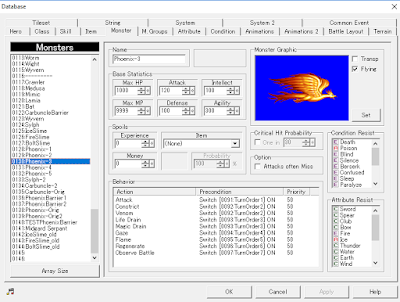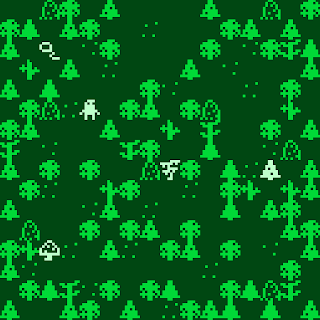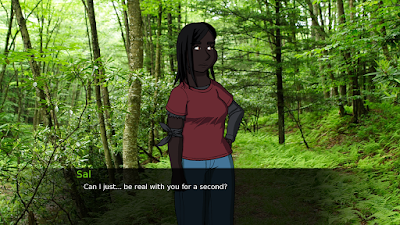I finally uploaded the source projects for all the games I've worked on
to Itch. I've been meaning to for ages, just kept putting it off.
Be warned -- because my projects are generally small-scale and solo-built, I rarely put much effort into keeping the code clean and readable. But now it's accessible, in case you want to poke around and see how I implemented certain ideas. I also had a friend float the idea of doing a Scratch-style aesthetic remix of one of my games, something I wholeheartedly support.
To review, here's what each game is made in:
Game Maker Studio 1.X - Quarantine, Fugitive, Into the Vortex, Dance Party, Ants - A Love Story, Operation K.A.T.B., Frog Adventure, Hummingbird Lovers, Kikai, and
Expanse.
All these projects should compile in Game Maker Studio 1.4 except
Fugitive, which uses several obsolete features from Game Maker Studio 1.2. You can still look around the project without compiling however.
If you have an idea for a 2D game, you can probably build it in Game Maker. These days I like working with simpler, stricter tools, but Game Maker's still my editor of choice for anything action-focused.
If you do not already have a license for Game Maker Studio 1.4 (the final release before version 2 took over)...
you can't get one anymore! Sorry! If you do have a license you should still be able to download the installer from YoYoGames' site.
Puzzlescript - Spider's Hollow
Puzzlescript is a tool for making
Sokoban-style block-pushing puzzle games. It has a beautiful coding language for creating new and interesting rules, and the aesthetic restrictions are tactful and lovely. It's
available for free right
here.
Ren'Py - Her Lullaby, Afterward
Ren'Py is a tool for making visual novels, which as everyone knows are the best kind of videogame. The online documentation is pretty rough, but the tool itself is excellent and accessible. It's available for free right
here.
ZZT - Atop the Witch's Tower
ZZT is an ASCII adventure game from 1991 by Epic MegaGames. It also has a VERY robust level editor that spawned a small community of hobbyist game developers, a community which lives on to this day. You can download ZZT and countless ZZT levels for free
off Archive.org.
RPGMaker 2003 -
Facets
If you haven't doodled around in at least one RPGMaker variant then you're not a real game developer. There's no source download for
Facets on its page -- that's because you can take the game download as is and load it up in RPGMaker.
You can purchase 2003 or many of the other releases
on Steam. Besides the classic 2000/2003 releases, I'm most partial to VX Ace.
Flickgame - My Wish For You
I didn't actually upload this game's source project (to preserve the web page's aesthetic), but it's really not hard to see how I made it. Flickgame is the simplest editor on this list, and
I cherish it.
I hope these resources are of use to you!














































